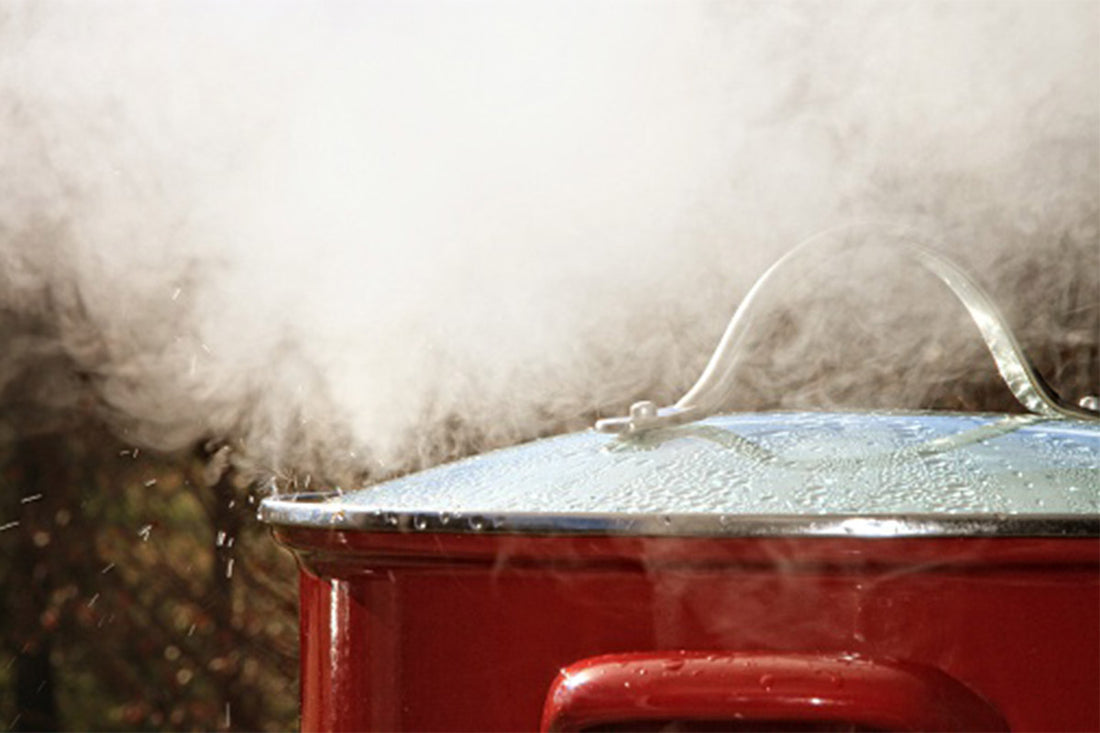The electric pressure cooker is a modern cooking appliance that combines the features of a pressure cooker and an electric rice cooker. It retains the characteristics and advantages of both while also addressing their limitations and shortcomings, bringing a lot of convenience to modern kitchen cooking. There are many benefits to using an electric pressure cooker, including shorter cooking times, rapid and effective cooking for special ingredients, high energy efficiency, and a versatile multi-function mode. The working principle of an electric pressure cooker is similar to that of a traditional pressure cooker but incorporates modern electrical components, making it easier for people to control and manage their cooking equipment.
While an electric pressure cooker offers numerous benefits, it's essential to understand and follow the correct usage methods and precautions. Proper utilization can make cooking easier and more efficient, but improper use can lead to kitchen accidents. In the following blog post, we will discuss the precautions for using an electric pressure cooker in three stages: preparation before using the electric pressure cooker, precautions during its operation, and post-cooking considerations for the electric pressure cooker.
Preparations Before Using an Electric Pressure Cooker
1.Before using an electric pressure cooker, it's important to perform certain preparatory tasks to ensure that the conditions for its safe use are met.
(1) Cleaning Preparation: Ensure that the interior and exterior of the electric pressure cooker are clean and sanitary. Check whether the sealing ring, pressure release valve, and float valve area are free from food residues. Clean the electric pressure cooker with warm water and a neutral detergent, then rinse it thoroughly with clean water and dry it.
(2) Seal Inspection: The sealing of the electric pressure cooker is crucial for its effective operation. Therefore, thoroughly inspect the integrity of the sealing ring. If there are cracks or signs of wear, replace it promptly to ensure proper sealing.、
(3) Ingredient Capacity: Electric pressure cookers have clear capacity markings. Determine the maximum capacity of your product and consider whether the ingredients you plan to cook may expand during cooking. Avoid overloading the cooker, as excess or expanded ingredients can block the pressure release vent, potentially causing accidents.
(4) Safety Awareness: Familiarize yourself with the safety features of the electric pressure cooker, such as methods for pressure release and the operation of the control panel. Ensure that you correctly release pressure and open the lid after cooking.
(5) Follow Manufacturer's Instructions: Adhere to the usage guidelines and safety recommendations provided by the product manufacturer to ensure safe operation and prevent potential hazards.

[Diagram: Front Structure of Electric Pressure Cooker Lid]

[Diagram: Reverse Side Structure of Electric Pressure Cooker Lid]
2.Precautions During Operation of an Electric Pressure Cooker
(1) Airtightness: During the cooking process, ensure that the pressure release valve is in the closed position. Periodically release a small amount of steam, indicating that the electric pressure cooker is operating normally.
(2) Stable Environment: Electric pressure cookers operate under high pressure. Therefore, it's essential not to move the electric pressure cooker unnecessarily while it's in operation to avoid disrupting its stability and balance.
(3) Supervision: Although modern electric pressure cookers come with safety features and can automatically shut off in case of anomalies, it's still important to regularly monitor the cooker's operation. Do not leave the electric pressure cooker unattended to prevent accidents from occurring.
3.Precautions After the Electric Pressure Cooker Has Finished Cooking
(1) High Pressure Status: After the electric pressure cooker has finished cooking, it remains under high pressure. It requires several minutes for the pressure to release automatically, or you can manually release it to safely open the lid. Forcing the lid open can result in a sudden release of pressure, causing food to spill out and potentially scalding your skin.
(2) Manual Pressure Release: Electric pressure cookers offer both automatic and manual pressure release methods. Automatic pressure release simply requires waiting. Manual pressure release involves operating the pressure relief valve or button to release internal pressure. Be cautious when doing this as a significant amount of steam will escape. Follow the manufacturer's instructions to prevent steam burns or splatters. If cooking liquid foods, it's advisable to use automatic pressure release to avoid the risk of the liquid being forced out and clogging the vent.
(3) Check the Float Valve: The float valve is a safety device that monitors the pressure inside the cooker. If the float valve has not dropped, it indicates that the cooker is still under high pressure and should not be opened. Wait until the pressure inside the cooker decreases, causing the float valve to drop, before opening the lid.
(4) Cleaning and Maintenance: After using the product, it's essential to thoroughly clean all components of the electric pressure cooker, including the lid, pressure release valve, and float valve. Clean the exterior of the cooker as well. Do not immerse the interior of the cooker in water; instead, use a damp cloth to wipe it clean.

[Structure of Electric Pressure Cooker Lid with Quick Pressure Release Valve]
In summary, it is crucial to exercise caution when using an electric pressure cooker. Follow the manufacturer's instructions and recipe requirements diligently. Also, pay close attention to the cooker's status to ensure a safe cooking process and delicious meals. While the electric pressure cooker is a powerful kitchen tool, it requires careful operation to prevent potential hazards.
